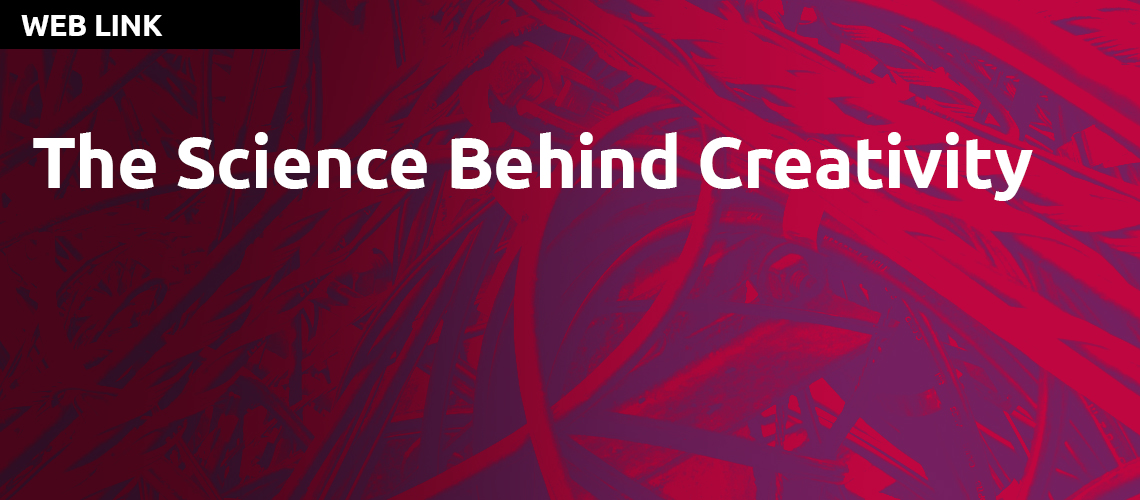
What, exactly, is creativity?
Psychologists and neuroscientists are uncovering new details about what it means to be creative and how to nurture that skill. “Creativity is of incredible real-world value,” said John Kounios, PhD, an experimental psychologist who studies creativity and insight at Drexel University in Philadelphia.
Creativity looks different from person to person. And even within one brain, there are different routes to a creative spark, Kounios explained. Which pathway a person uses might depend, in part, on their expertise.
“By looking inward, we can see the process in action and start to identify the characteristics of creative thought. Neuroimaging is helping to shift the focus from creative product to creative process.” said Adam Green, PhD, a cognitive neuroscientist at Georgetown University and founder of the Society for the Neuroscience of Creativity.
Coming up with an idea is only one part of the creative process. A painter needs to translate their vision to canvas. An inventor has to tinker with their concept to make a prototype that actually works. Still, the aha moment is an undeniably important component of the creative process. And science is beginning to illuminate those “lightbulb moments.”
Fostering creativity requires time and effort. “People want the booster shot for creativity. But creativity isn’t something that comes magically. It’s a skill, and as with any new skill, the more you practice, the better you get,” said Anna Abraham, PhD, the E. Paul Torrance Professor and director of the Torrance Center for Creativity and Talent Development at the University of Georgia.
